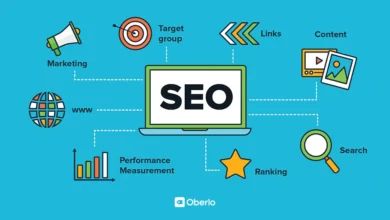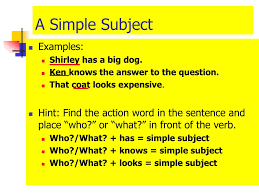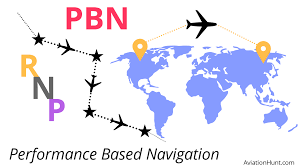Website Footer Examples That Work: Design Inspiration & Best Practices
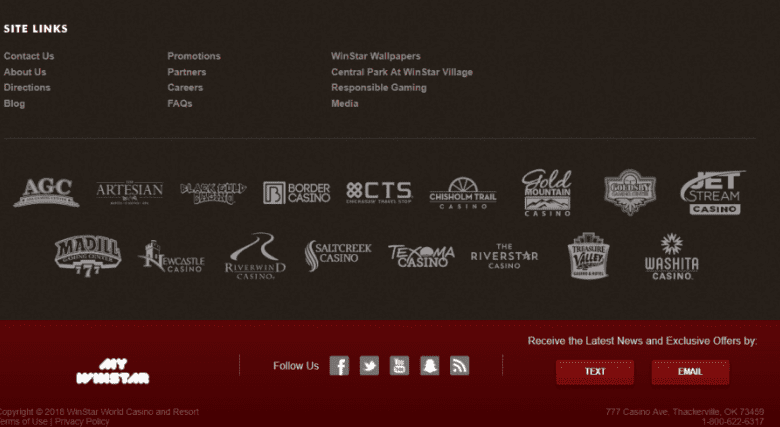
Introduction: The Often-Overlooked Power of Website Footers
Website Footer Examples was the last time you paid attention to a Website Footer Examples footer? If you’re like most users, probably not very often. Website Footer Exampleshere’s the thing—footers are more important than they get credit for. While they sit quietly at the bottom of every page, they play a crucial role in user experience, SEO, Website Footer Examples, and brand trust.
A well-designed website footer isn’t just Website Footer Examples ; it’s functional, informative, and often the last chance to keep a user engaged. Whether it’s linking to Website Footer Examples service, showing contact info, displaying trust badges, or guiding users with Website Footer Examples navigation, the footer is a miniature version of your website’s priorities.
In this article, we’ll break down what makes a great footer, look at different types of footer designs, and explore real-world website footer examples that stand out. You’ll come away with a clearer understanding of how to structure your own site’s footer in a way that’s strategic, beautiful, and effective.
What Makes a Great Website Footer?
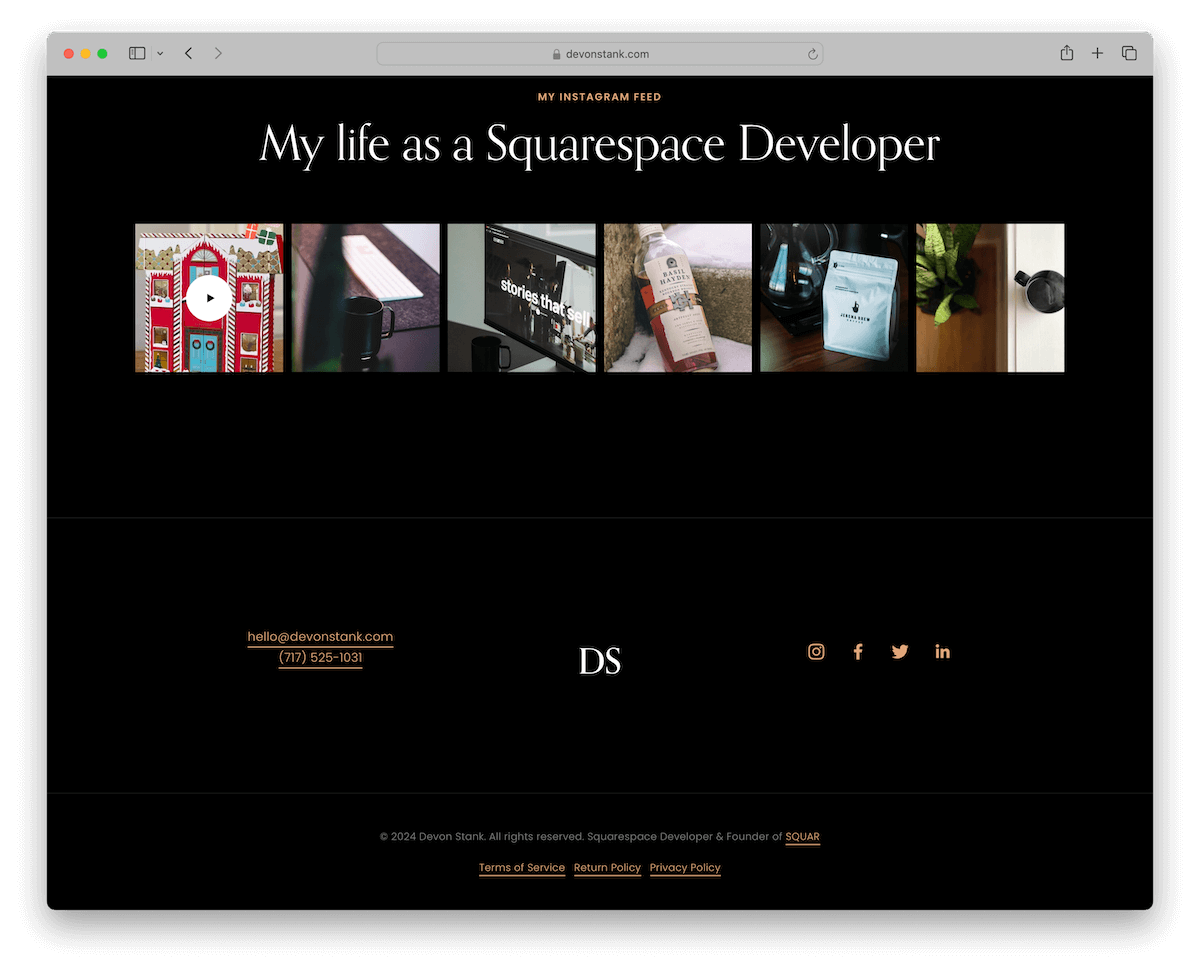
Not all footers are created Website Footer Examples . are jam-packed with links and social icons, while others are clean and minimal. So what actually makes a footer “great”? Let’s break it down.
1. Clear Navigation
At its core, a website footer should help users navigate easily—especially if they’ve scrolled all the way to the bottom and haven’t found what they were looking for. Clear, categorized links can give users a sense of direction, whether they’re searching for FAQs, contact information, or privacy policies. A smart footer also mirrors the site’s most important links without overwhelming the user.
2. Consistent Branding
Your footer is the last impression a visitor gets from your site, so it should reflect your brand’s voice and visual style. Fonts, colors, logo placements, and even tone of text should all be consistent with the rest of your site. A brand that communicates professionalism in its header shouldn’t slack off in the footer.
3. Trust-Building Elements
This is where you can quietly build credibility. Add links to your privacy policy, terms of service, certifications, or security badges. If your business is certified, verified, or featured somewhere notable, your footer is the perfect place to show that. It may not jump out at people, but it plants a seed of trust.
Minimalist Website Footer Examples
Less is sometimes more—especially when it comes to design. Let’s take a look at some minimalist footer examples and what makes them effective.
1. Apple
Apple is known for its clean, streamlined design, and their footer follows suit. While it contains a lot of information, it’s broken down into tidy columns with smart headings like “Shop and Learn” or “Services.” The font is small but legible, and there are no distracting colors or icons. The hierarchy is logical, and even though it’s packed with links, it doesn’t feel cluttered.
2. Dropbox
Dropbox’s footer is a masterclass in minimalism. It includes a simple list of links to major pages—features, pricing, download, and blog—followed by a few social media icons and language settings. There’s just enough padding to create breathing space, making the whole design feel effortless and easy to use.
3. Squarespace
Squarespace sticks to the essentials: company logo, copyright info, and a few key links. The design feels polished and clean, just like the rest of their site. It’s a great example of how a minimalist footer can still be visually powerful without trying too hard.
E-commerce Website Footer Examples
Online stores have their own unique needs. They must balance branding with navigation, legal information, customer service links, and trust signals. Here are some footers that do it well.
1. Amazon
Amazon’s footer may look overwhelming at first glance, but it’s actually well-organized. It uses multiple sections like “Get to Know Us,” “Make Money with Us,” and “Amazon Payment Products” to break down information. The footer also includes customer service links, returns info, and detailed company data—exactly what you’d expect from a global e-commerce giant.
2. Nike
Nike’s footer is clean and functional. It features a bold call-to-action to join their email list, followed by easy links to support, orders, and store locations. It balances marketing with service and includes social media links without making them the focal point. The design reflects Nike’s sleek branding, making it feel like an extension of the main site.
3. Zara
Zara keeps things elegant with a black-and-white footer that mirrors the rest of the site’s style. It’s broken into sections like “Help,” “Company,” and “Follow Us.” What stands out is how intuitive it feels—users can quickly find return info or store locators without scrolling through a sea of links.
Creative Website Footer Examples
Sometimes, a footer can become a place to surprise and delight users. These examples take a more artistic approach, turning footers into experiences rather than just afterthoughts.
1. Mailchimp
Mailchimp blends whimsy with function in its footer. It features fun microcopy, a playful mascot illustration, and still manages to link to support, pricing, and the company blog. This type of creative footer helps reinforce brand identity and keeps users engaged—even at the very bottom of the page.
2. ToyFight
ToyFight, a creative agency, has one of the most visually striking footers you’ll see. It includes animated visuals, quirky text, and social icons that bounce as you hover. It’s not just a footer; it’s an experience. While this wouldn’t suit a corporate or formal site, for a creative agency, it works brilliantly.
3. The Outline (now archived)
The Outline’s footer was known for its minimalist yet edgy approach. With a black background and bold white text, it felt like the end credits of a film. Even though it had very few links, the design made a strong statement and contributed to the site’s overall vibe.
What to Include in Your Own Website Footer
Now that we’ve looked at the best examples out there, what should your website footer include? Here are some must-haves and nice-to-haves to consider.
Must-Haves:
- Navigation links (About, Contact, Blog, Services)
- Copyright information
- Privacy policy & terms of service
- Social media icons
- Contact information or newsletter signup
Nice-to-Haves:
- Trust badges or certifications
- Location map (for local businesses)
- Language selector (for international sites)
- Site credits (like web design or development agencies)
- Search bar (optional, but helpful for content-heavy sites)
Remember, your footer doesn’t need to include everything, but it should be purposeful. Think of it as a strategic final touchpoint, not just filler space.
Final Thoughts: Footers Matter More Than You Think
Website footers may not get the spotlight, but they play a vital role in how users interact with your site. Whether you prefer a clean and minimal design or something bold and creative, your footer should align with your brand, offer value to your visitors, and help guide their next step.
By studying different website footer examples—from giants like Apple and Amazon to creative gems like Mailchimp—you can find inspiration for building a footer that’s not only functional but memorable.
So next time you’re designing or redesigning your website, don’t let the footer be an afterthought. Instead, treat it like the secret weapon it really is.
